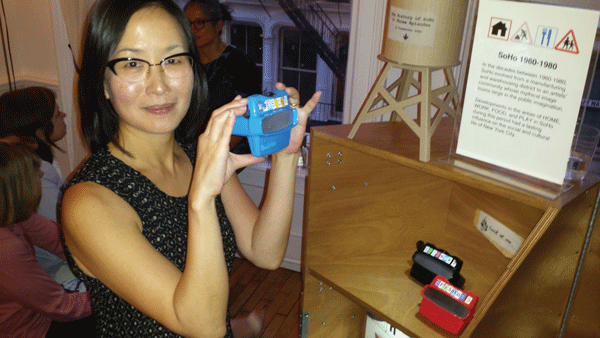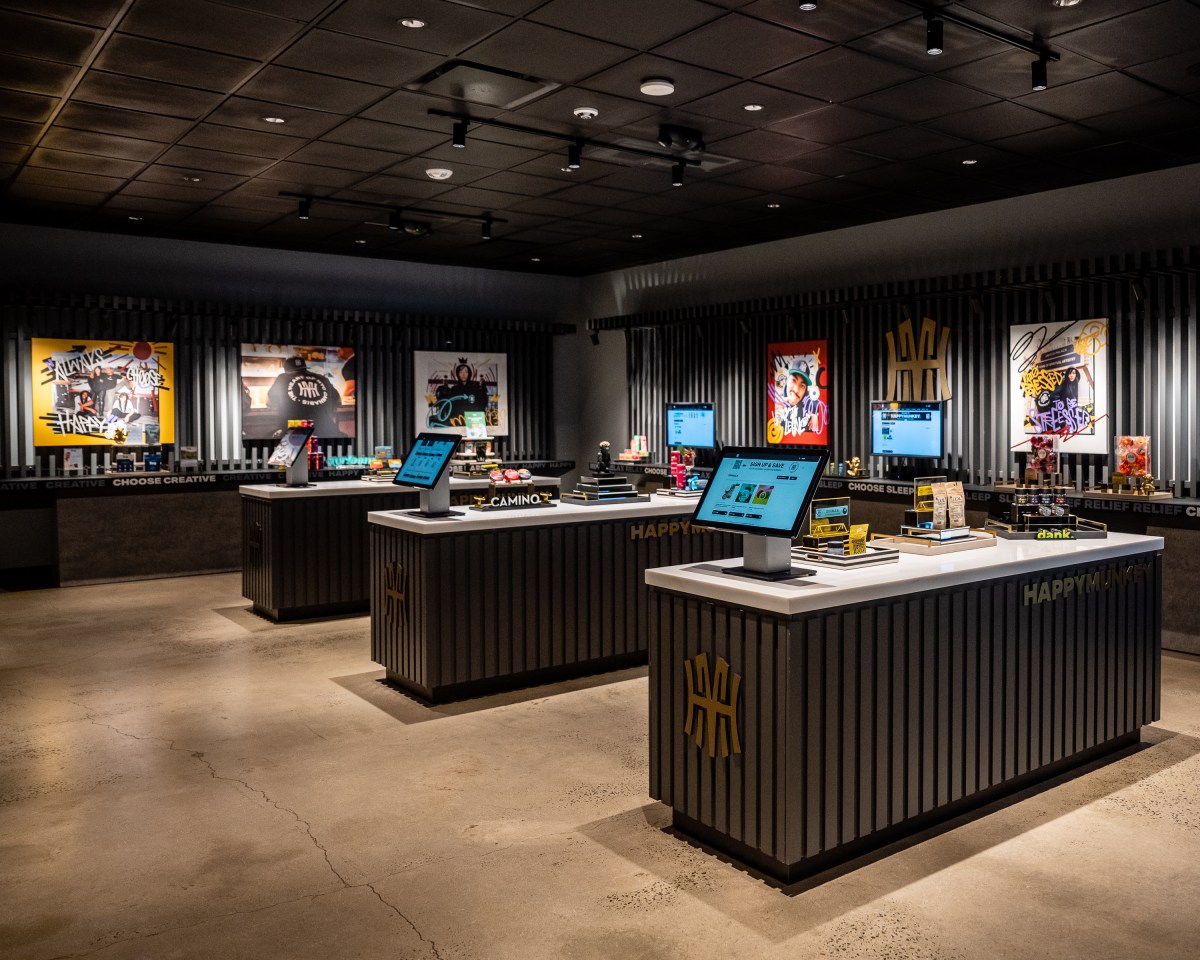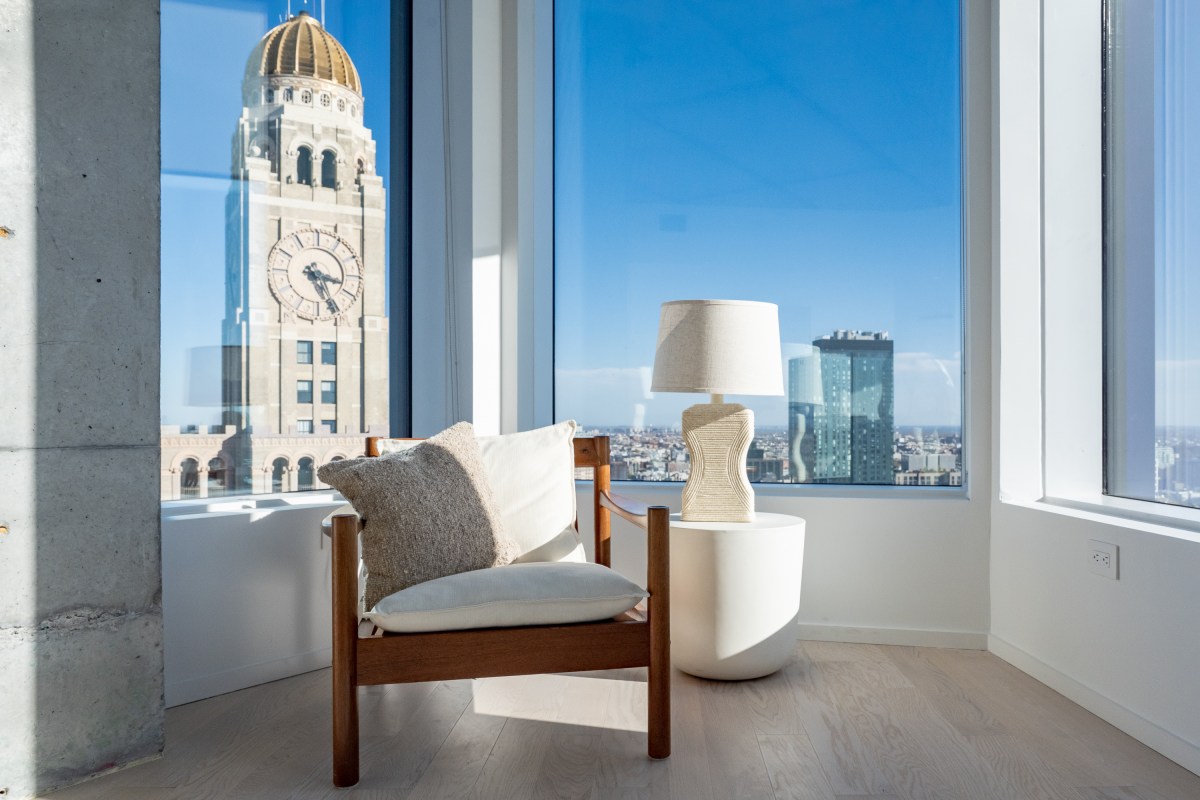 BY LINCOLN ANDERSON | Soho has a unique and fascinating history as a renowned artists’ enclave that was carved out of a dying manufacturing zone.
BY LINCOLN ANDERSON | Soho has a unique and fascinating history as a renowned artists’ enclave that was carved out of a dying manufacturing zone.
But now the last vestiges of that arts colony are, in turn, fading fast, trampled asunder by the feet of millions of shopping tourists as the district has morphed into a glitzy designer-goods destination.
Yukie Ohta, who grew up in the area when it was being settled by artists, and who still lives there today, is earnestly trying to retain some of that history through The Soho Memory Project. So far, it has only existed as a blog.
But now her goal is to create a mobile, pop-up display cart — and, in the long term, hopefully secure a storefront location.
On May 7, Ohta held a launch party in a Greene St. loft for a Kickstarter campaign to raise $20,000 to create the mobile display. She reached the amount with four days to spare.
The cart will be designed by The Uni Project, a nonprofit group devoted to pop-up learning experiences around the city. Uni Project currently uses a cart with book-laden shelves to encourage reading in public places like Tompkins Square Park.
“I would like The Soho Memory Project to eventually have a permanent physical space,” Ohta said, “a historical society where people can come to learn more about our neighborhood… But before I can apply for grants… I need to have something tangible to show funders that demonstrates my knowledge and commitment.”
The Kickstarter cash also will be used to create the initial display to be featured on the cart, which it is hoped will be rolled out between fall 2015 and spring 2016.

Yukie Ohta models a Viewmaster containing photos from one of three distinct eras of Soho from the cart’s “History” section.
To chronicle Soho’s evolution from rural farmland to high-end retail hub, Ohta — who is a trained archivist — uses unconventional media. At the launch party, a bookshelves-style Uni cart featured in one cubbyhole Viewmasters loaded with photos from Soho’s different eras. Another section featured a “smell station” with three jars. One with pepper in it was meant to evoke the pepper factory that used to be on West Broadway, Ohta explained, as she sniffed it for effect. Another jar held small strips of leather.
“Where Balthazar is there were a lot of leather businesses,” Ohta said.
Back in the 1970s and ’80s, there was also a lot of detritus left on the sidewalks by all the manufacturing places.
“We all played with factory surplus,” she said.
Perched on another part of the cart was a D.I.Y. binder, “How To Make a Loft,” that Ohta put together. Creating walls around the bathroom was one of the key first steps, she noted with a grin. There was also a black-and-white photo print that Stanley and Julie Patz — the parents of Etan Patz — gave her showing their raw loft space before they renovated it.
“The idea that you could live and work in the same place was very revolutionary,” Ohta noted of Soho’s joint live-work quarters zoning that was specifically created for artists.
“When I was growing up here, I remember walking down desolate streets,” she said. “There were no stores or restaurants, but I felt safe because everyone who lived here knew each other. I learned how to ride a bike in my house. And I also often slept in my coat because we didn’t have heat after 5 p.m.
“When people think of Soho today, they think of high-end shopping and expensive lofts. Nobody thinks of it as a tightknit community where children roamed free and people actually knew and liked their neighbors. That was the Soho of my childhood. That was the Soho out of which ideas such as the adaptive reuse of buildings and loft living were born, ideas that influence how we live today.
“Soho currently has no neighborhood society dedicated to preserving its history, and I think it deserves one!” Ohta declared.
For more on the Soho Memory Project, visit www.sohomemory.com


































